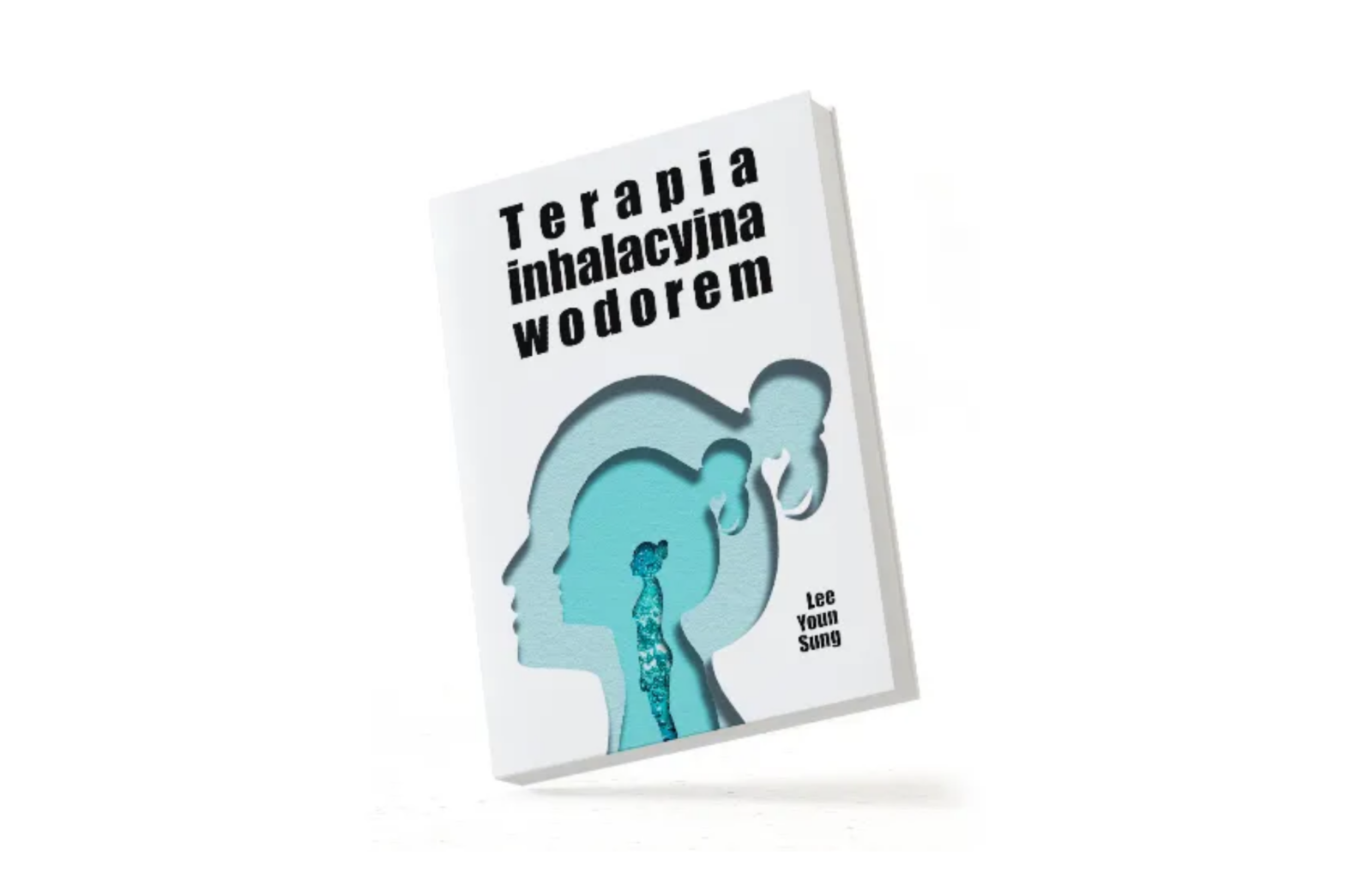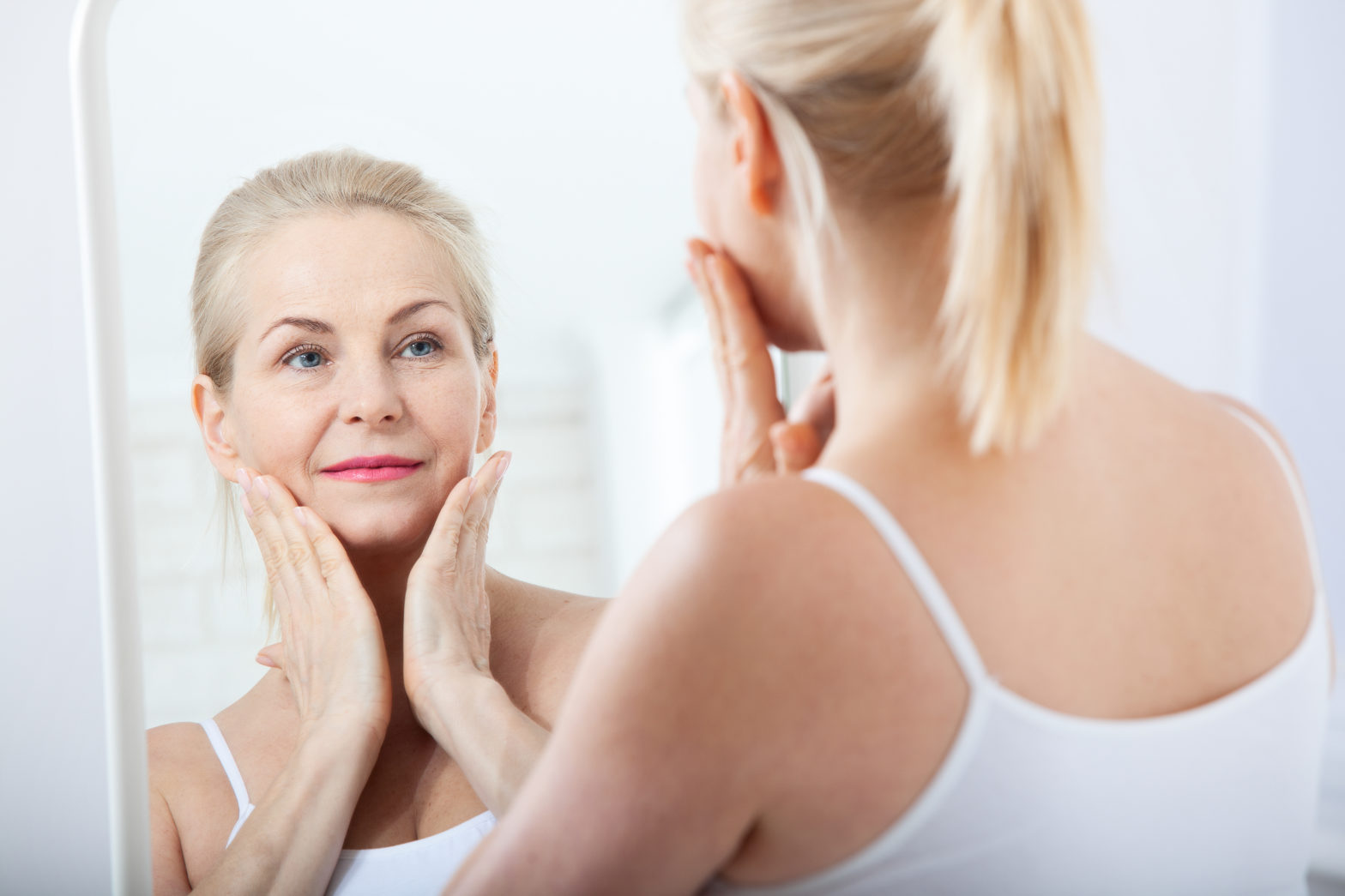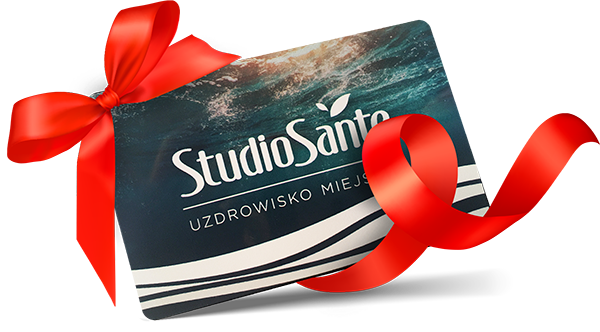Fotobiomodulacja dla sportowców
Zwiększone: masa mięśniowa, siła, wytrzymałość i szybsza regeneracja – to wszystko można poprawić dzięki fotobiomodulacji (PBM). Oznacza to możliwość znaczącego podwyższenia kompetencji profesjonalnych sportowców. Czy PBM to przyszłość sportu? Zobacz badania!
Nowa forma dopingu?
„W niedalekiej przyszłości federacje sportowe będą musiały radzić sobie z «dopingiem laserowym», przynajmniej otwarcie o tym dyskutując, bo wspomniane efekty uzyskane dzięki naświetlaniu laserem i diodami LED są naprawdę znaczące” – mówi dr Michael Hamblin, profesor w Harvard Medical School, Massachusetts General Hospital.
Terapia światłem dla sportowców
Naświetlanie światłem widzialnym i podczerwonym o określonym spektrum długości fal odgrywa dużą rolę w wytwarzaniu potężnej energii podczas ćwiczeń. Ponadto zastosowanie tego światła zwiększa szybkość regeneracji po wysiłku. W wielu badaniach klinicznych odkryto, że wzmocnienie mięśni, utrata tłuszczu i zwiększona moc/wytrzymałość są ściśle związane z produkcją ATP w mitochondriach, a fotobiomodulacja stymuluje ZWIĘKSZONĄ syntezę o adenozynotrifosforanu, który jest podstawowym nośnikiem energii.
Dlaczego fotobiomodulacja działa tak dobrze na mięśnie?
Przeciętnie w tkance mięśniowej znajduje się więcej mitochondriów niż w innych tkankach lub narządach. Powodem, dla którego tkanka mięśniowa reaguje szybciej na fotobiomodulację (PBM) niż inne tkanki, jest to, że mięśnie działają jako pierwsze we wszystkich rodzajach aktywności, które wymagają większej ilości ATP.
Poniżej znajdują się wybrane artykuły naukowe, referujące wpływ fotobiomodulacji na tkankę mięśniową:
- Figure 1A) Muscular pre-conditioning irradiating multiple sites or points of the quadriceps femoris muscles in order to cover all muscle group. B) Cardiopulmonary exercise testing on a treadmill.
- Figure 2A) Muscular pre-conditioning irradiating multiple sites or points of the quadriceps femoris muscles in order to cover the whole muscle group. B) Exercise testing in an isokinetic dynamometer in conjunction with surface electromyography analysis.
- Certain wavelength of visible ray and near infrared ray makes cell
- Optimal Photobiomodulation output in exercise recovery, regarding near infrared light (2017. Nov. Leal-Junior ECP Norway University of Bergen Faculty of Medicine)
- Red visible light, then infrared LLLT are found to delay the development of skeletal muscle fatigue
- Protection of skeletal muscles from ischemic injury: low-level laser therapy increases antioxidant activity
- Effects of low-level laser therapy (LLLT) on the nuclear factor (NF)-kappaB signaling pathway in traumatized muscle
- Effect of Light-Emitting Diode therapy on muscular fatigue in quadriceps
- randomized controlled clinical trial on effects of low-level laser therapy (LLLT) (808nm) on isokinetic muscle performance of young women submitted to endurance training
- Low-level phototherapy to improve exercise capacity performance: a systematic review and meta-analysis
- Low-level phototherapy to improve exercise capacity and muscle performance: a systematic review and meta-analysis
- Effect of PBM (Photobiomodulation) on Performance and accelerates recovery of Rugby players in field test (2016. Dec. Vanin AA. Sports medicine/Kinesiology lab)
- Effect of low-level laser therapy (LLLT) (808nm) on skeletal muscle after endurance exercise training (2015 Nov. Fernandes KR Universidade Federal de Sao Paulo)
- 830 nm light-emitting diode (LED) phototherapy significantly reduced return-to-play in injured university atheletes. (2016. 3. Foley J: Lehigh University, Bethlehem, Sports Medicine Program)
- The future of medicine: boost your health, mental abilities and athletic ability with light. “Photobiomodulation”
- Photobiomodulation therapy can prevent hamstring strain injuries by reducing soccer-induced fatigue on hamstring muscle




